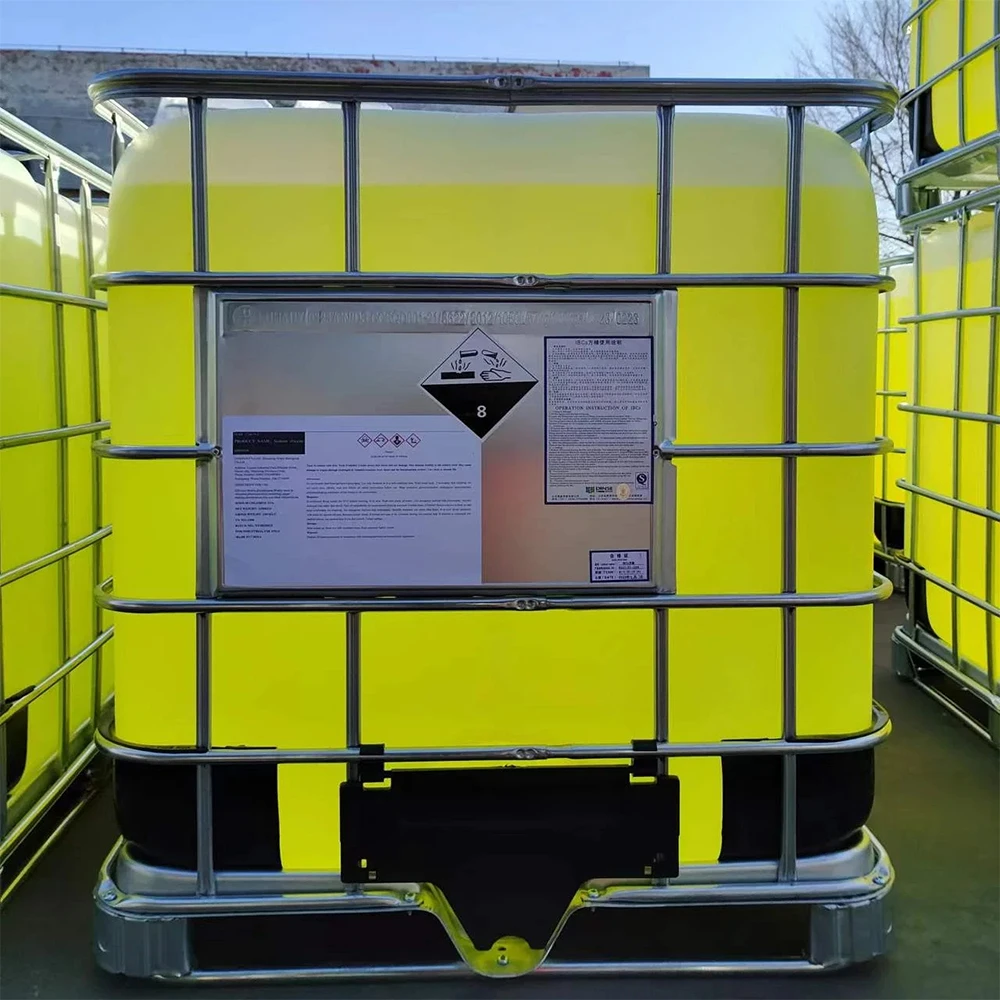



di ammonium hydrogen phosphate msds
Understanding the Safety and Handling of Diammonium Hydrogen Phosphate (DAP) A Comprehensive Guide
Diammonium hydrogen phosphate (DAP), with the chemical formula (NH4)2HPO4, is a white crystalline solid that is highly soluble in water. It is widely used in agriculture as a fertilizer, as well as in various industries, such as food processing and chemical manufacturing. While DAP is generally regarded as safe when handled correctly, it is essential to understand its properties, potential hazards, and safe handling practices as outlined in its Material Safety Data Sheet (MSDS).
Chemical Properties
DAP is a source of nitrogen and phosphorus nutrients, making it an excellent choice for promoting plant growth. It typically contains around 18% nitrogen and 46% phosphorus pentoxide (P2O5). The compound exhibits hygroscopic properties, meaning it can absorb moisture from the environment, which can lead to clumping. DAP is also known for its buffering capacity and is often used to maintain optimal pH levels in soils and fertilizers.
Potential Hazards
While DAP is generally considered non-toxic, it can pose certain hazards if not handled properly. The MSDS outlines several potential risks associated with DAP
1. Health Hazards Inhalation of DAP dust may cause respiratory issues, and ingestion can lead to gastrointestinal discomfort. Therefore, it is advisable to avoid inhaling dust and to practice good hygiene when handling the substance.
2. Environmental Hazards DAP can be harmful to aquatic environments. When improperly disposed of, it can contribute to nutrient pollution, which may lead to algal blooms and aquatic life deterioration.
3. Fire Hazards DAP is not flammable; however, it can support combustion when in contact with certain materials. Therefore, it is crucial to store DAP away from oxidizing agents and reactive substances.
di ammonium hydrogen phosphate msds

Safe Handling and Storage
The MSDS provides critical guidelines for the safe handling and storage of DAP. Here are key recommendations
1. Personal Protective Equipment (PPE) When handling DAP, workers should wear appropriate PPE, including gloves, goggles, and dust masks, to minimize exposure to the skin, eyes, and respiratory system.
2. Ventilation Work areas where DAP is handled should be well-ventilated to prevent the accumulation of dust. Proper ventilation helps to reduce inhalation risks and maintain air quality.
3. Storage Conditions DAP should be stored in a cool, dry place away from sources of ignition and incompatible materials. Containers should be tightly closed and clearly labeled to prevent accidental exposure.
4. Spill Response In the event of a spill, it is important to clean up the material immediately. Use appropriate tools to collect the spilled DAP, and avoid generating dust. Dispose of the waste in accordance with local regulations.
5. Emergency Procedures The MSDS outlines specific emergency procedures in case of accidental exposure or spills. It is vital for workers to be familiar with these protocols to ensure quick and effective responses.
Conclusion
Diammonium hydrogen phosphate is a valuable compound with numerous applications in agriculture and industry. However, like many chemicals, it requires careful handling to minimize risks to health and the environment. By following the safety guidelines outlined in the MSDS, including the use of personal protective equipment, proper storage techniques, and adherence to emergency procedures, individuals can safely utilize DAP while mitigating potential hazards. Understanding these aspects is crucial for anyone involved in the handling or application of this chemical to ensure a safe working environment.
-
Why Sodium Persulfate Is Everywhere NowNewsJul.07,2025
-
Why Polyacrylamide Is in High DemandNewsJul.07,2025
-
Understanding Paint Chemicals and Their ApplicationsNewsJul.07,2025
-
Smart Use Of Mining ChemicalsNewsJul.07,2025
-
Practical Uses of Potassium MonopersulfateNewsJul.07,2025
-
Agrochemicals In Real FarmingNewsJul.07,2025
-
Sodium Chlorite Hot UsesNewsJul.01,2025










